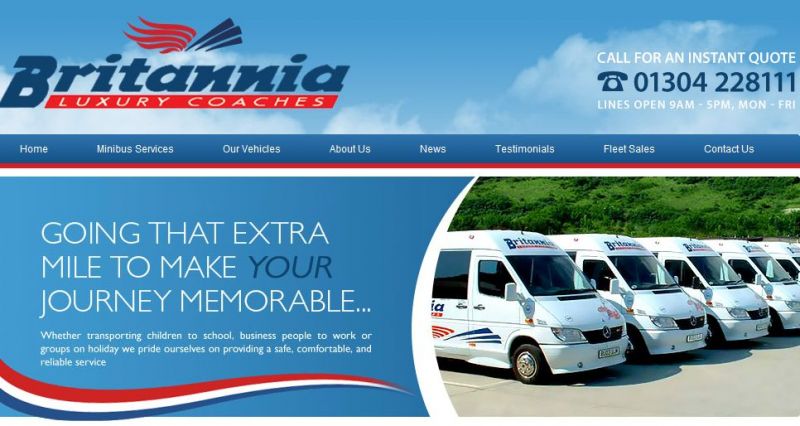Popular Marketing Posts
What Is Conversion Rate Optimisation?
Think about it – what’s the use of all the web traffic in the world, if nobody actually buys anything?
This is where many small businesses go wrong, investing too heavily in SEO while overlooking CRO. It’s only when both are prioritised with equal weight that the real magic happens.
As the name suggests, conversion rate optimisation encompasses all efforts that target improved conversion rates. For the most part, it’s about eliminating unnecessary complications and ‘friction’ from the online purchase process.
The basic theory behind CRO is that the easier you make it for people to buy your products and services, the more are likely they are to do just that.
It’s a task with limitless scope for creativity and innovation, though some tactics are known for delivering better results than others. Irrespective of the size and nature of the business you run, these are the tweaks and modifications you’ll need to make to see a real difference in your conversion rates:
1. A flawless first impression
Forget a few seconds – research suggests you have just 50 milliseconds to make a flawless first impression. A glance is more than enough for the average web user to decide whether or not to trust you, or even take you seriously. In this context at least, presentation really is everything.
2. Simplified navigation
If they decide to stick around, they’ll immediately note how easy or otherwise your website is to navigate. Unless they can get around smoothly and seamlessly with no unnecessary obstacles, they won’t waste their time trying to do so.
3. Use appropriate CTAs
Not in the sense of shouting at your customers to “BUY NOW!!!!” – more a case of making it quick and easy for them to make a purchase, if they decide to do so. Keep your CTA buttons visible and easy to find, without screaming orders in the face of your customers.
4. Use concise contact forms
These things play a massive role in determining conversion rates, given how customers often like to ask questions and seek clarification before buying. The easier it is for them to reach out to you, the more likely they are to buy something when you respond.
5. Conduct continuous A/B testing
If there’s something that isn’t working well on your website, use split testing to experiment with alternative options. If there’s something working fantastically, use split testing to take its performance to the next level. A/B testing should be site-wide and continuous – never a one-time-only task.
6. Prioritise mobile audiences
Mobile consumers are a selective and fickle bunch – 60% of which will actively recommend against online businesses that aren’t mobile-friendly. As most people these days access the web primarily via mobile devices, mobile prioritisation is the way to go.
7. Sell more than products and services
Presenting yourself as the authority in your niche holds the key to driving maximum sales. In which case, you need to sell more than products and services alone. You also need to sell your knowledge, expertise and insights – all of which can be achieved by publishing quality content on a regular basis on your website.
8. Never make membership mandatory
Finally, under no circumstances is it ever advisable to make membership mandatory for those looking to make purchases. Guest checkout options have been shown to massively improve overall conversion rates – they’re also the only way of capitalising on most impulse purchase decisions.

